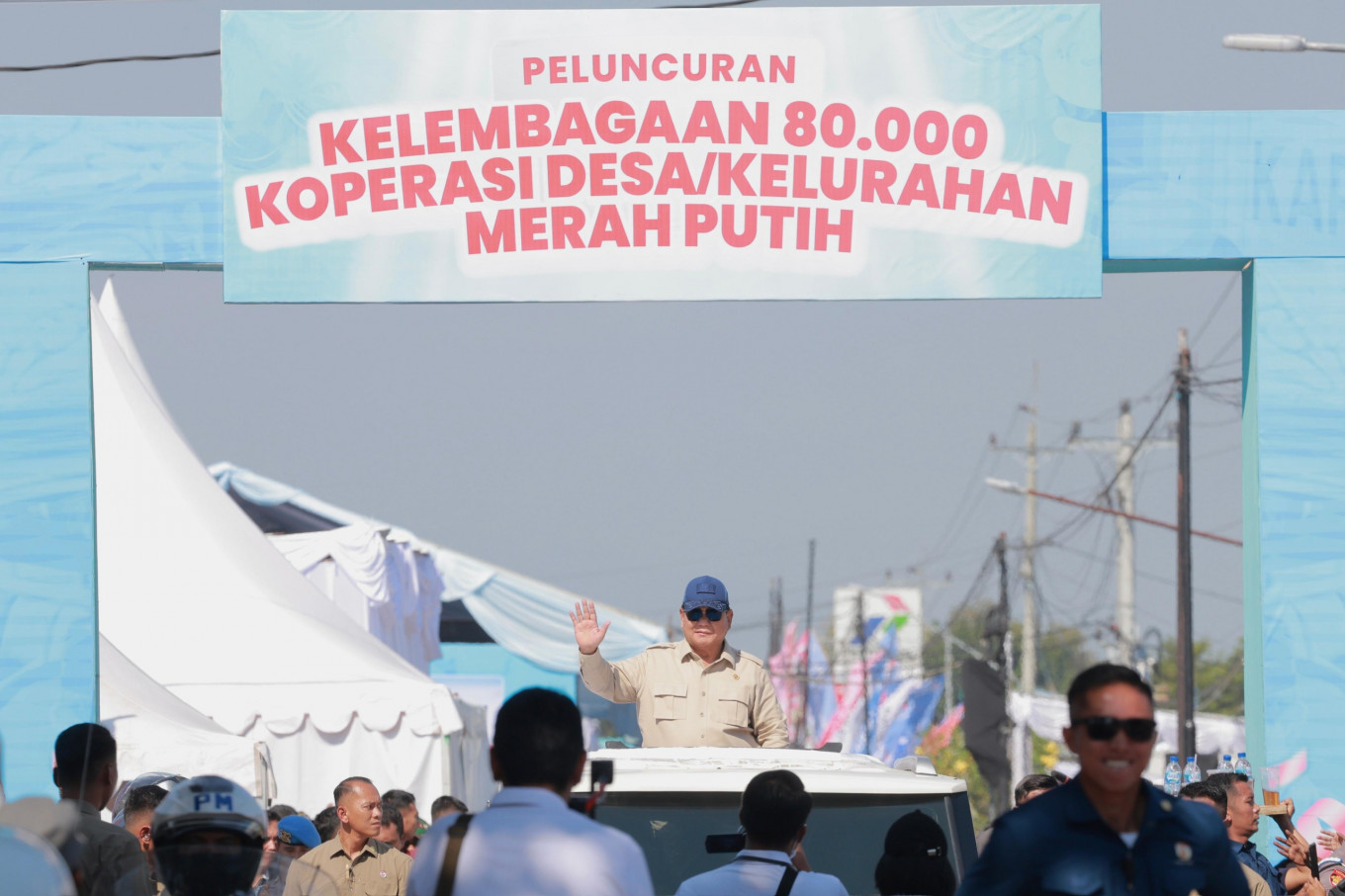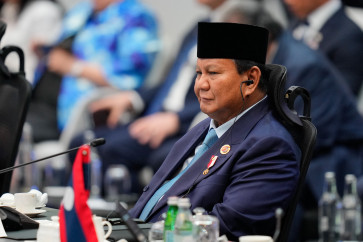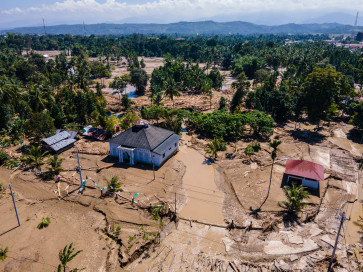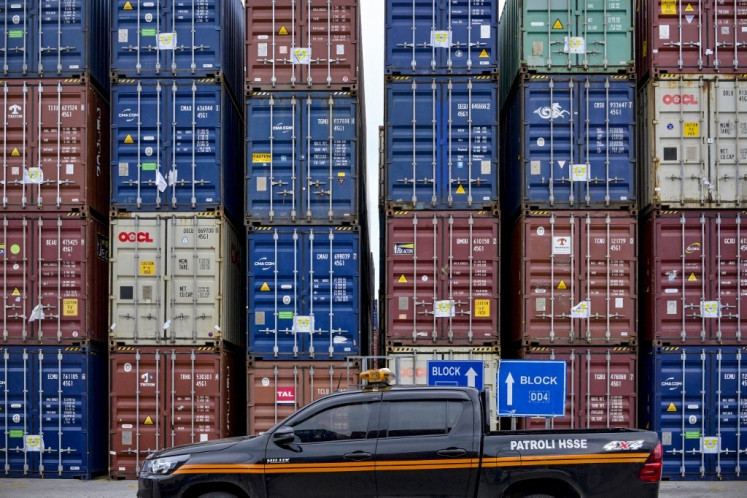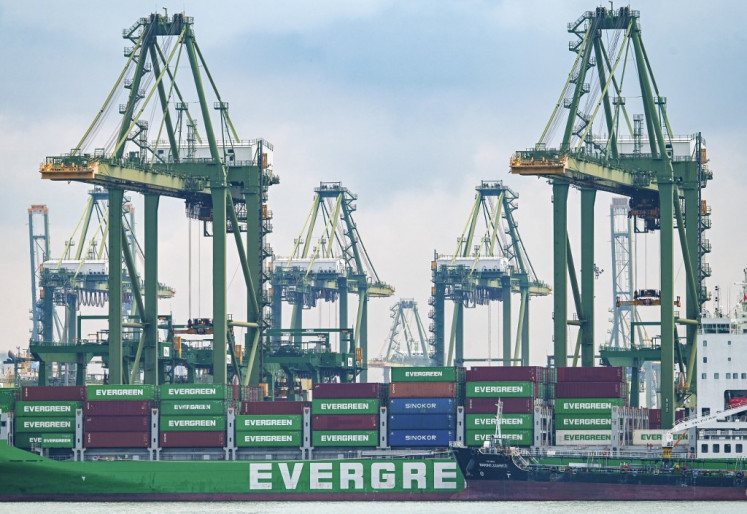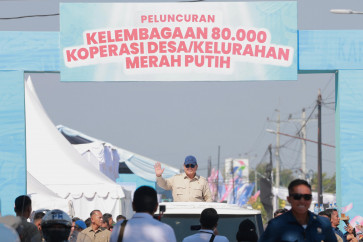Popular Reads
Top Results
Can't find what you're looking for?
View all search resultsPopular Reads
Top Results
Can't find what you're looking for?
View all search resultsChasing high growth: Indonesia’s risky economic leap
Chasing high growth without structural reform, institutional strength and sound fundamentals risks imbalances, rising inequality and eroded credibility.
Change text size
Gift Premium Articles
to Anyone
W
hat do President Prabowo Subianto and his newly appointed Finance Minister, Purbaya Yudhi Sadewa, have in common? The answer lies in their shared confidence that Indonesia can achieve significantly higher economic growth than it has in recent decades.
Prabowo has boldly set his sights on 8 percent growth by the end of his term in 2029. Purbaya, while slightly more conservative in tone, is no less ambitious, asserting that Indonesia could sustainably grow at 6-7 percent annually under his economic leadership. These targets are politically powerful and signal optimism, strength and forward momentum.
Yet these targets are misaligned with Indonesia’s fundamentals. Chasing high growth without structural reform, institutional strength and sound fundamentals risks imbalances, rising inequality and eroded credibility. The real challenge is not faster growth, but better growth: inclusive, sustainable and resilient.
Let us be clear: 6-8 percent growth is not impossible, but under Indonesia’s current conditions, it is highly improbable. For over two decades, the Indonesian economy has consistently grown at around 5 percent, with brief upward or downward deviations tied to commodity booms, election cycles or global crises.
Despite repeated attempts by various administrations to exceed this trajectory, Indonesia has repeatedly returned to this 5 percent path, what economists refer to as Indonesia’s “steady state” growth rate, or the sustainable pace of expansion absent cyclical fluctuations or external shocks.
The steady state is not a defeatist concept, nor a ceiling dictated by external constraints. It reflects a structural reality: an economy’s long-term potential is shaped by the productivity of its labor and capital, the quality of its institutions and its ability to innovate and move up the value chain.
Indonesia continues to face chronic underinvestment in human capital, inefficiencies in public and private investment, weak technological absorption and an overreliance on consumption and commodity exports to drive growth. Unless these constraints are addressed, pushing the economy to grow faster is not only unrealistic, but dangerous.

